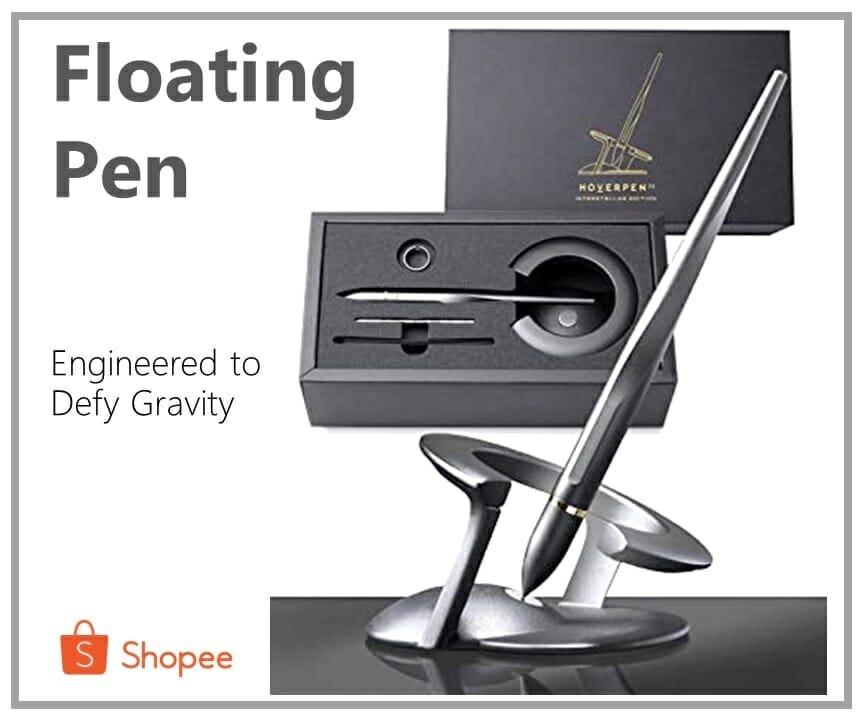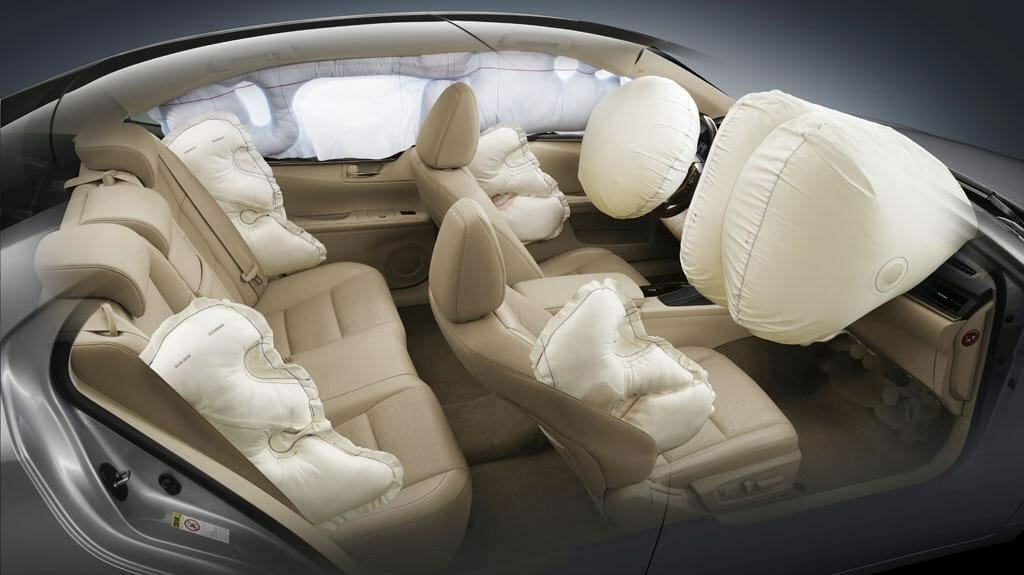The use of wood in the construction industry has not failed to surprise us. Now it is making waves in the automobile industry: as a new material in producing auto parts.
It seems unlikely that wood is the substitute for steel in vehicles, but researchers in Japan have discovered that a material made from wood pulp, which weighs only one fifth of steel, can be five times stronger than the conventional material used.
Professor Hiroyuki Yano from Kyoto University and colleagues from auto component makers like Denso Corp and DaikyoNishikawa Corp developed a material which is essentially plastics incorporated with cellulose nanofibers.

Professor Yano. Photo via Reuters
The technique they developed, called the “Kyoto Process” involves breaking down wood pulp fibers into several hundredths of a micron. This is done simultaneously while chemically treated wood fibers are kneaded into plastics.
“This is the lowest-cost, highest-performance application for cellulose nanofibers, and that’s why we’re focusing on its use in auto and aircraft parts,” said Yano.
Yano is the leader of this research. He revealed that he got his inspiration for the research while coming across a photo of the “Spruce Goose,” a cargo plane made almost entirely of wood in 1947 by U.S. billionaire entrepreneur Howard Hughes. It was the world’s largest aircraft at the time.

The Spruce Goose. Photo by Getty Images
“I thought that if Howard Hughes could find a way to use wood to build a massive plane, why not use wood to make a material that was as strong as steel,” he said.
The material his team developed is a critical step in producing a feasible alternative for steel in the future as well as manufacturing lighter cars.
They recognize the competition with carbon-based materials, which is why they say that the material they created is still far from being commercially viable.
But so far, the cost of mass producing a kilogram of cellulose nanofiber is currently around $9.
Undeniably, the potential application is there: reducing weight in cars, especially at a time where electric vehicles are flourishing, could mean fewer batteries to power the vehicle, hence, saving on costs.
Masanori Matsushiro, a project manager overseeing body design at Toyota Motor Corp, believes that lightweighting is a constant issue in the manufacture of cars. He adds, “We also have to resolve the issue of high manufacturing costs before we see an increased use of new, lighter-weight materials in mass-volume cars.”
Source: Reuters









:format(webp)/cdn.vox-cdn.com/uploads/chorus_image/image/56086467/ARKEALEXA_1231.0.jpg)






